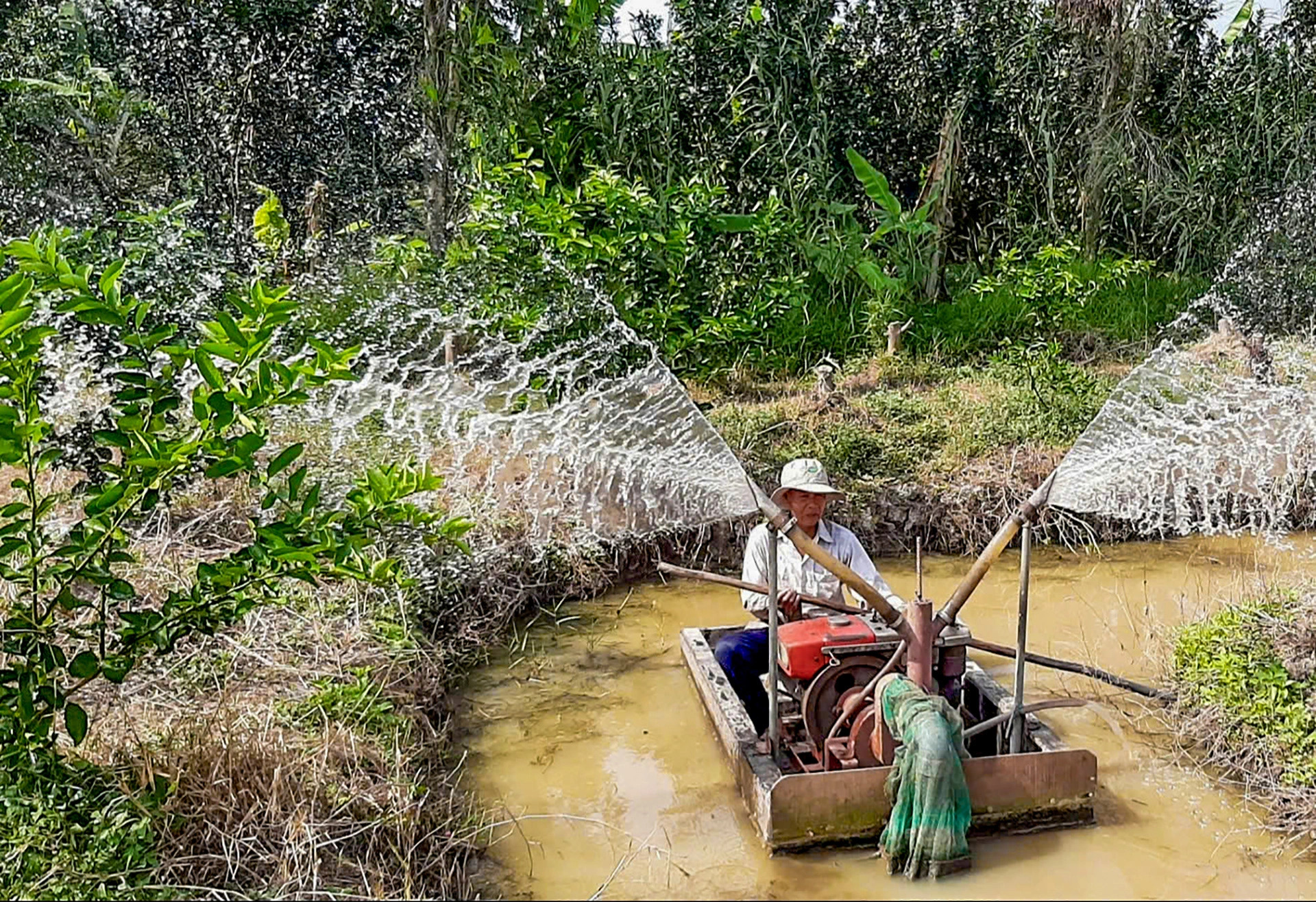Prime Minister of Vietnam Pham Minh Chinh on Monday issued a directive calling for proactive measures to combat severe saltwater intrusion affecting the Mekong Delta and Ho Chi Minh City.
According to the National Center for Hydro-Meteorological Forecasting, saltwater intrusion in the region has intensified over the past week, coinciding with rising tide levels.
The salinity boundary has extended 38-48km inland along the Mekong River estuaries, 45-52km along the Vam Co River, and 35-40km along the Cai Lon River.
Although saltwater intrusion in Ho Chi Minh City remains lower than in 2024 and the multi-year average, it is still a concern.
Saltwater intrusion is expected to intensify between February and April this year, reaching levels higher than the multi-year average and approaching those recorded in 2024, though still below the extreme years of 2016 and 2020.
During this period, localized freshwater shortages could occur, particularly in coastal areas, potentially disrupting daily life, agriculture, and economic activities.
To mitigate the impact, PM Chinh has directed key ministries and local authorities in affected areas to take immediate action.
The Ministry of Natural Resources and Environment must closely monitor and provide timely updates on water resources, drought risks, and saltwater intrusion forecasts.
Meanwhile, the Ministry of Agriculture and Rural Development has been tasked with overseeing response measures in coastal provinces to minimize damage to agriculture.
Local authorities, especially those in the Mekong Delta and Ho Chi Minh City, should implement localized response plans, ensure stable freshwater supplies for households, hospitals, and schools, and prevent disruptions to businesses and agricultural production.
Deputy Prime Minister Tran Hong Ha has been assigned to oversee the nationwide response, ensuring the strict implementation of the directive and ongoing adjustments to tackle evolving conditions.
Like us on Facebook or follow us on X to get the latest news about Vietnam!





















































